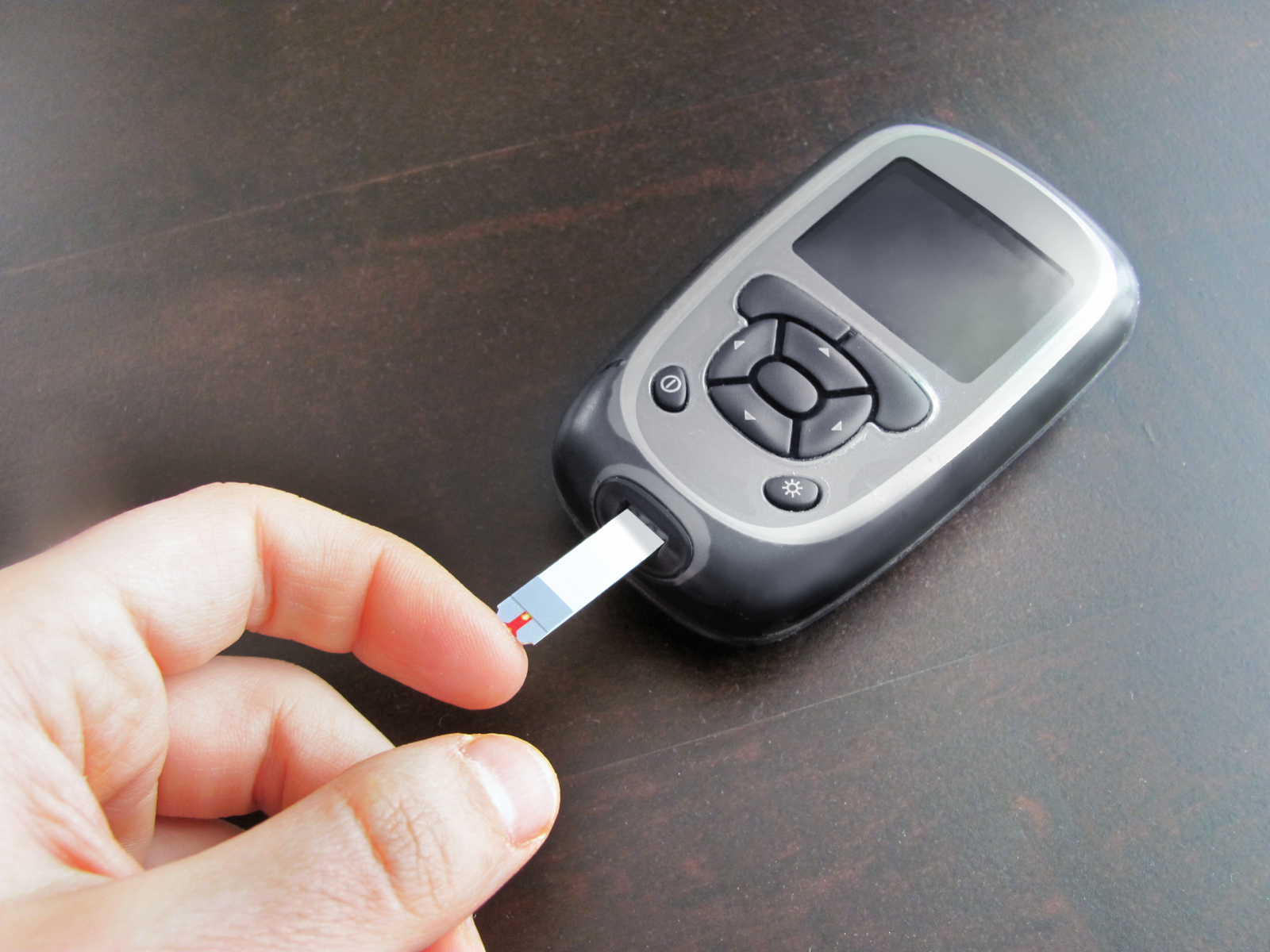
WEDNESDAY, Oct. 22, 2014 (HealthDay News) — The U.S. health care system ranks dead last compared to other industrialized nations when it comes to affordability and patient access, according to a new survey.
The 2013 survey of the American health care landscape was conducted by the Commonwealth Fund just prior to the full implementation of the Obama administration’s Affordable Care Act (ACA).
“I would say that we found two things that really seem to drive the higher barriers to health care in the U.S.,” said David Squires, a senior researcher with the Commonwealth Fund in New York City.
“The first is that we have a huge uninsured population, which at least at the time of the survey was about 50 million people. And, the second is that we have millions more who have some kind of insurance, but the coverage isn’t really good enough to protect them fully if they actually become ill,” explained Squires.
“And these two issues don’t really exist in any of the other countries we looked at. They all have universal health insurance,” he noted. “So everyone has access and the insurance they have is generally much more protective. It covers more costs and either has no co-pays or relatively modest co-pays. And there’s a ceiling on what a patient would have to pay in any one year, if anything,” Squires said.
“That’s a huge difference from the American experience. In addition, the U.S. is just a much more expensive health care system. We spend about $9,000 per person a year. That compares, for example, with just $3,000 a year in the U.K., and is overall about 50 to 200 percent more than is spent on our peers in other Western nations. So even if an American has insurance it’s still in the context of an extremely expensive situation,” Squires added.
The new survey is the subject of a perspective analysis, written by Karen Davis and Jeromie Ballreich of Johns Hopkins, and published in the Oct. 23 issue of the New England Journal of Medicine.
The survey included Canada, Australia, France, Germany, the Netherlands, New Zealand, Norway, Sweden, Switzerland, the United Kingdom and the United States.
Of these, the United Kingdom, France, Germany, Norway, Sweden and Switzerland ranked highest in terms of access to care irrespective of personal wealth, the researchers found.
Perhaps not surprisingly, the survey showed that low-income Americans are particularly hardest hit by the financial burden of health care, according to the survey.
For example, the poll noted that compared with their peers in other countries, low-income Americans were more likely to skip seeing a doctor and/or forgo filling prescriptions, tests, treatment and follow-up care because of expense.
The survey concluded that at least three in 10 Americans say that money is a barrier to getting medical attention. This compared with roughly one in 10 among residents of the other countries polled, the report indicated.
Lower-income Americans were also more likely than peers in other nations to say they have to wait six days or more just to get an appointment with a primary care office, the survey found. Americans are also more likely to say they have to wait two hours or longer to be seen in a hospital ER, according to the survey.
The United States was also deemed through the survey as the poorest performer when it came to patients being able to get medical attention outside of daytime business hours.
While 15 percent of low-income Americans rate their doctor as either fair or poor, that figure is just 10 percent among low-income residents of other nations, the Hopkins’ team noted.
Higher-income Americans, however, don’t fare worse than their wealthy peers in other countries when it comes to getting appointments and ER care. And only 6 percent rated their doctor as fair or poor.
But, Americans in the middle income group (the so-called “above average income” group) were more likely than their peers in other nations to say that money is sometimes a barrier to care.
“This was before the major insurance expansions [due to the ACA] went into effect in the U.S.,” acknowledged Squires. “So the millions who have since gotten insurance through exchanges or Medicare are not [reflected] in this survey, which means I think one way to read these findings is as a benchmark. The survey lays down where we were. And now future surveys will be able to measure the impact of the ACA.”
The survey’s real value is “in challenging the norms we think we have regarding so-called socialized medicine,” said Katie Keith, the director of research with the Trimpa Group L.L.C., a political consulting and government relations firm.
“The conventional wisdom among the general [U.S.] public may be that in other countries people face long lines for care. But that’s a misconception,” she said. “The truth is that Americans are the ones who wait a lot longer for basic needs. Yes, for some elective surgeries in the U.K., maybe a patient will wait a bit more there than here. But for primary care it turns out that we’re the ones standing in line.”
More information
For more about access to health care in the United States, visit the U.S. Centers for Disease Control and Prevention.
Copyright © 2025 HealthDay. All rights reserved.

